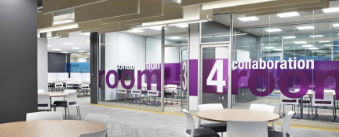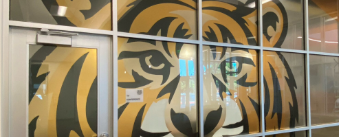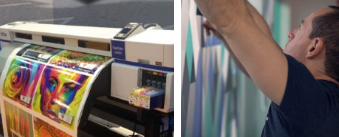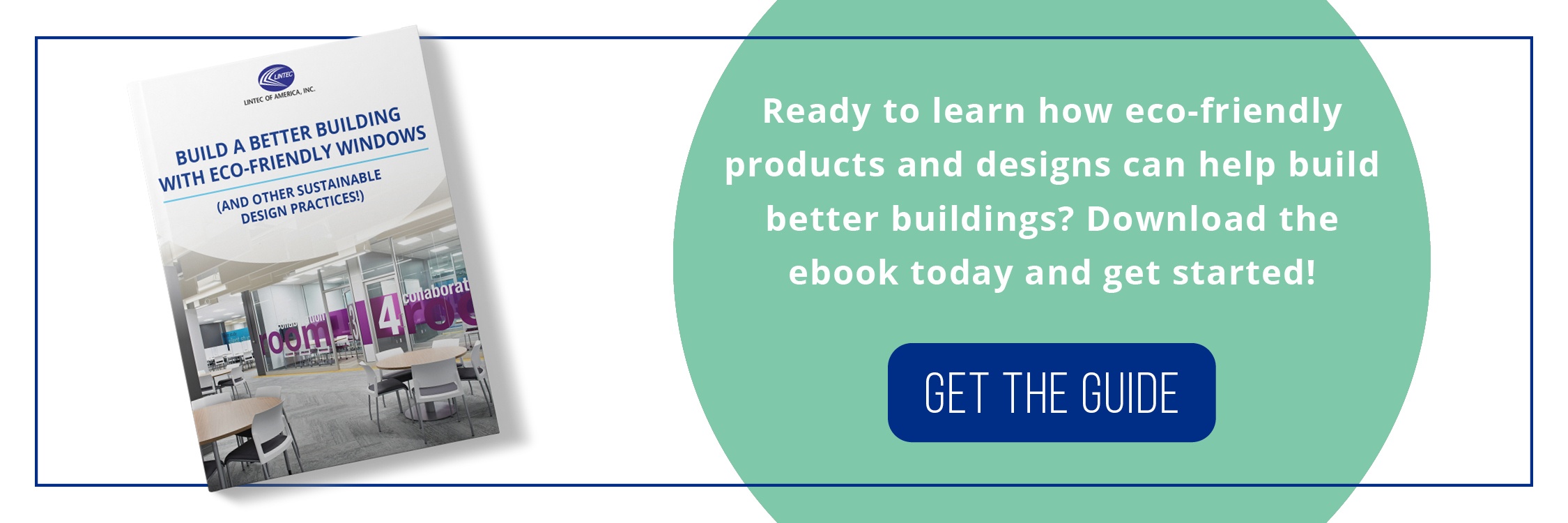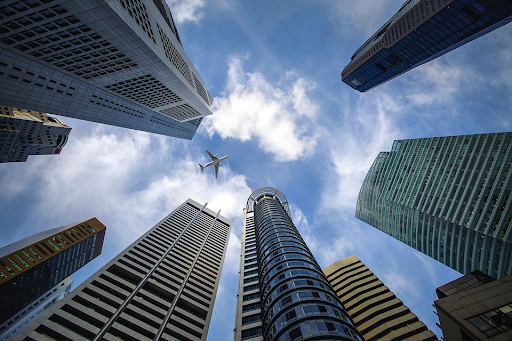
There’s no doubt that commercial architecture is art. However, successful designs require a unique blend of out-of-the-box creativity and mathematical pragmatism that sets them apart from other artistic pursuits. Form and function must complement aesthetics, all while remaining in compliance with budget limitations, project timelines, and material requirements.
Today’s most pressing concerns — from the health crisis to climate change and social issues — must always be top-of-mind for the innovative commercial building designers that are solving for them. Here are 5 trending design elements that can raise the bar for your commercial architecture designs in 2021 and beyond.
1. Blended Exterior and Interior Space
The interior design of your structure benefits from a seamless and fluid connection to it’s exterior design. Today’s architects are creating effortless transitions between the inside and outside identities of their structures with elements that tie each aspect together. This could involve decorative metal panels, material accents, geometric motifs, a consistent “color story,” and other elements that carry each company’s branding and spirit throughout their commercial architecture designs.
2. Smart Features & Digital Tech
The Internet of Things (IoT) is in full swing and 5G has rolled out. Commercial architecture designs must now account for the conveniences and functions that are becoming increasingly common and expected in the new “smart” commercial space. Consider how and where occupants will want to digitally interface with their environments to “check in,” access an elevator, find an interior destination, or adjust temperature, lighting, or ventilation settings. There’s also new room for creativity in how these elements are deployed, since it could be the occupants themselves that are controlling them to fit a set of preferences, and not facilities personnel. Responsive digital signage with user-controllable maps and information, for example, could have a huge impact.
3. Eco-Conscious Material Elements
The trend towards green architecture is accelerating to a fever pitch as the pursuit of carbon neutrality takes center stage in culture at large. Researchers are working on self-healing concrete (which can repair itself with organic bacteria inclusions) and other innovative materials, but solar arrays, daylight-inviting glass surfaces, and post-consumer recycled building materials are also critical tools in your toolbox.
4. Broken-Plan Spaces
The open office takes on newfound importance as the lessons of social distancing push architects to design buildings that allow for occupants to spread out safely. More and more commercial spaces will also involve workers that are operating in a hybrid format, with some days in the office and some at home (working remotely). This will increase the preference for flexible, modular, or multi-purpose spaces that can suit the needs of the unique occupants on each day of the week.
On the other hand, the open office has well-documented shortcomings when it comes to noise, privacy, and “warehouse” aesthetics. The broken-plan layouts that have trended in residential designs for the past few years are now making their way into commercial architecture designs. TV architect Charlie Luxton likens broken-plan philosophy to a more complex open plan that incorporates subtle separations, space-defining adornments, and partial changes of vertical level in the interior. “It’s all about interconnected space, not one big space,” he says. “Texture is the key word: steps, wide spaces, narrow spaces, different ceiling heights, different colours, different wall finishes.”
5. Controlled Daylighting
Any reduction in artificial lighting can reduce energy costs and improve a building’s carbon footprint. Natural sunlight is also known to enhance productivity and worker morale. Glass-heavy designs invite natural light into the deep interior, but they also run the risk of collateral damage:
- A building that feels like a fishbowl
- Eye-straining glare in the morning and evening
- Excessive interior heat and the threat of sunburns for stationary workers
- Lack of privacy from the outside world
Solutions like attractive and sweeping commercial window graphics, frosted or blurred films, light-reducing tints, and other chemical or film window treatments can help you strike the perfect balance between natural light and the needs of occupants. As an added benefit, decorative window graphics are a powerful statement design element that can create an inviting and attractive space with branded, themed, or abstract imagery in striking colors.
These five design elements may take commercial architecture designs to the next level, but they’re just the beginning. Follow our blog for more ideas and tips on eco-friendly and modern building trends.
